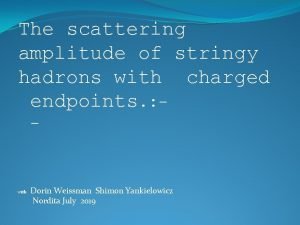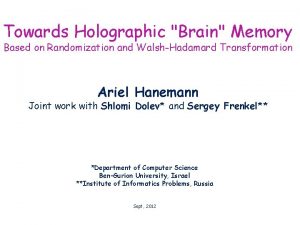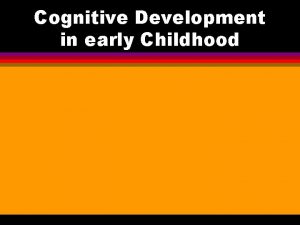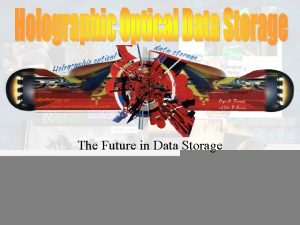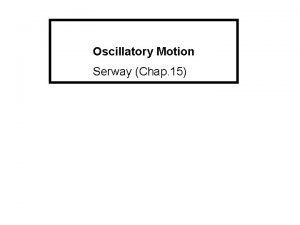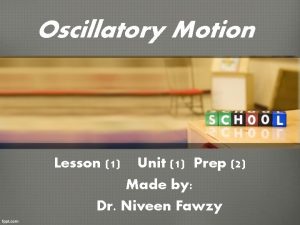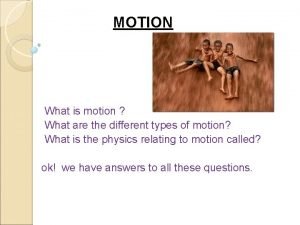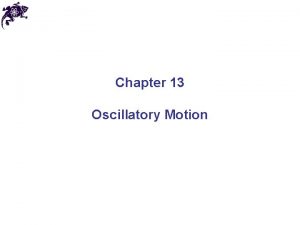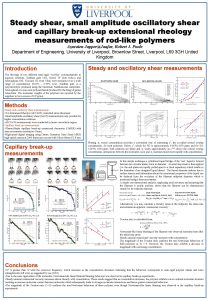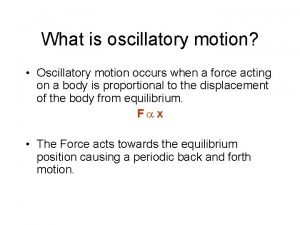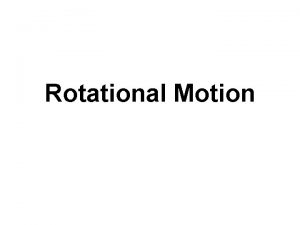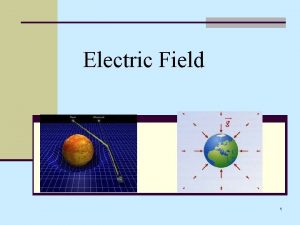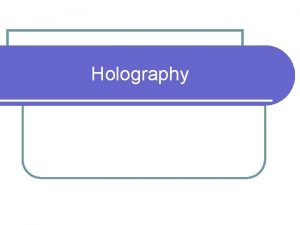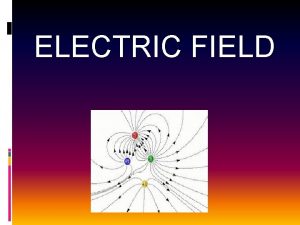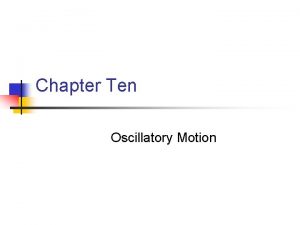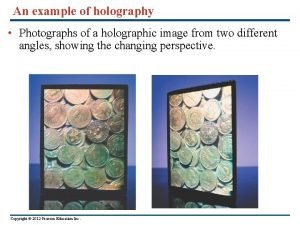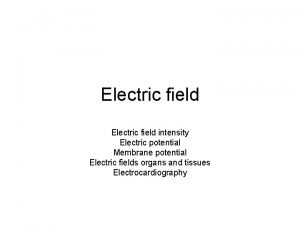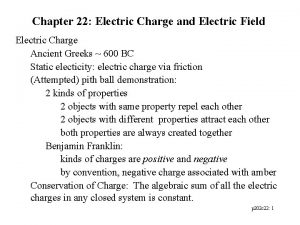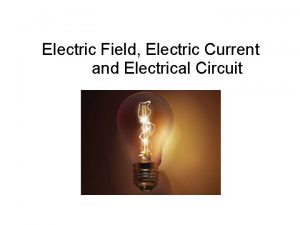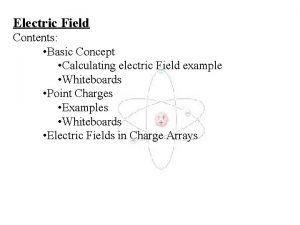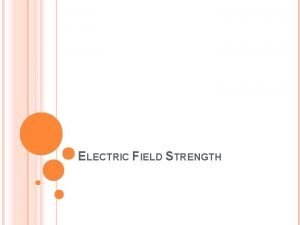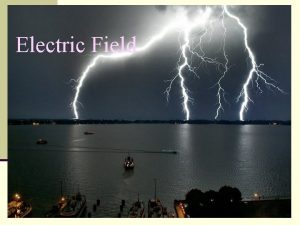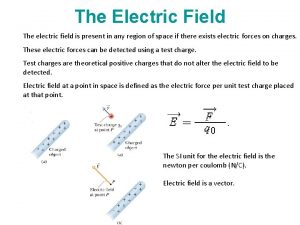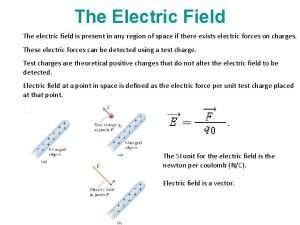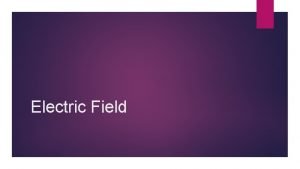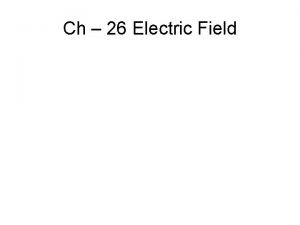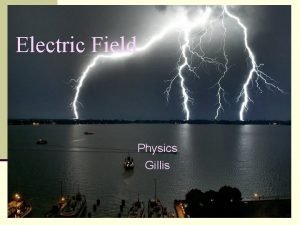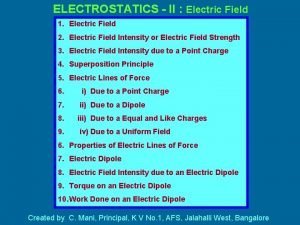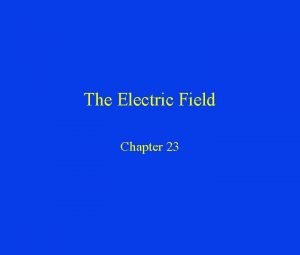Holographic Floquet states Oscillatory Electric Field in Holography
























- Slides: 24

Holographic Floquet states ~Oscillatory Electric Field in Holography~ Osaka University Keiju Murata with S. Kinoshita, T. Oka "Holographic Floquet states II: Floquet condensation of vector mesons in nonequilibrium phase diagram"ar. Xiv: 1712. 06786

Introduction

Floquet = Time periodic Floquet state = Stationary non-equilibrium state in periodic driving Classical example: Kapitza’s inverted pendulum Taken from Youtube vibrating base frequency: Periodic external driving can induce new stable states.

Importance of Floquet states in condensed matter Creating materials on demand by laser. Example: Floquet topological insulator Oka&Aoki, 09 Graphen Enhancement of superconductor Kaiser et al, 14, Hu et al 14, Mitrano et al 16 Superconductor even at a room temperature?

Theoretical difficulty in Floquet states: Time dependent + Quantum many body system Non-equilibrium. What is density matrix? Physical quantities such as electric current? We use Ad. S/CFT to study the Floquet Physics.

Holographic Floquet Hashimoto, Kinoshita, KM, Oka, 16 Dirac semimetal Weyl semimetal Rotating Electric field Kimura et al, 17 AC conductivity Ad. S/CFT Linear + hump Consistent with experiment.

Related works Global Ad. S + external periodic scalar source. Biasi, Carracedo, Mas, Musso and Serantes, 18 Holographic superconductor + external periodic electric field. Li, Tian and Zhan, 13 Natsuume and Okamura, 13 Ishii and KM, 18 Ishii’s talk on wed.

Purpose of this work We study Floquet states of gapped (3+1)D Dirac insulator using Ad. S/CFT. Band structure is nearly parabolic. Dirac insulator circularly polarized laser Phase structure? New phase? Physical quantities? (e. g. Bismuth or Bi 2 Se 3)

Setup

Simplest model for Dirac insulator Karch&Katz, 02 0 1 2 3 4 5 6 7 Nc D 3 ✓ ✓ Nf D 7 ✓ ✓ ✓ ✓ 8 9 1, 2, 3 N=2 Super symmetric QCD D 7 D 3 F-string Strongly coupled Dirac fermions. quark&antiquark ~ electron&hole 8, 9 4, 5, 6, 7 Use this as a model of Dirac insulator.

Gravitational picture 1, 2, 3 D 7 D 3 near D 3 D 7 in Ad. S 5 x S 5. 8, 9 4, 5, 6, 7 D 7 action induced metric Electromagnetic field in Ad. S 5 x S 5 is Ad. S boundary

Applying rotating electric field Asymptotic expansion of gauge field near the Ad. S boudary: external electromagnetic field Its response: electric current Ansatz: D 7 -brane Ad bo S ud ar y ef ho fect riz ive on Ingoing b. c. rotating electric field

Rotating electric field is “easier” than linearly polarized one. Hashimoto, Kinoshita, KM, Oka, 16 Introduce a complex gauge field: boundary condition: Introduce a new field: boundary condition: time-independent b. c The action does not depend on time, explicitly

Reduction to 1 D problem 1. The action does not depend on time, explicitly 2. Time-independent boundary condition. Consistently assume 1 D Lagrangian along z-direction: Linearly polarized case, we need to address (1+1)D problem.

Phase structure

DC electric field case (Ω=0) D 3/D 7 model calculation Current D-brane profile Electric field Insulator - Conductor transition at Schwinger limit

Phase diagram is “lobe-shaped”. D-brane profile meson (exciton) spectrum Kruczenski, Mateos, Myers, Winters, 03 The critical electric field becomes (almost) zero near the meson spectrum.

Why critical E becomes small near exciton spectrum? Exciton BEC exciton = bound state of electron and hole Yoshioka et al, 11 Fine-tuned laser frequency many excitons BEC Debye screening by excitons single electron Electron and hole liberate The number of carrier increases. : electron : hole electric field is screened.

Electric current near critical frequency Changing conductive insulator green: insulator light blue: conductive E=0 -but-J≠ 0 phase J is multi-valued in a complicated way.

Microscopic picture of E=0 -but-J≠ 0 phase In linear level, normal modes of gauge field on D-brane have been found in Kruczenski, Mateos, Myers, Winters, 03 They are identified as vector mesons. E=0 -but-J≠ 0 phase is just a its nonliear extension. Condensation of vector mesons?

Summary Floquet states of (3+1)D gapped Dirac electrons were studied using Ad. S/CFT. Phase diagram is “lobe-shaped”. Insulator-conductor transition by weak electric field for a fine-tuned frequency. Existence of E=0 -but-J≠ 0 phase. Vector meson condensation? Future directions: Experiment? Stability of vector meson condensation? Implication to QCD?


E vs c

E vs q
 Chapter 21 electric charge and electric field
Chapter 21 electric charge and electric field Potential due to a dipole
Potential due to a dipole Chapter 21 electric charge and electric field
Chapter 21 electric charge and electric field Electric potential energy definition
Electric potential energy definition Electric force
Electric force Electric field electric potential
Electric field electric potential Chapter 21 electric charge and electric field
Chapter 21 electric charge and electric field Electric field formula voltage
Electric field formula voltage 21lwuy8i6hw -site:youtube.com
21lwuy8i6hw -site:youtube.com Electric field and magnetic field difference
Electric field and magnetic field difference Difference between electric field and magnetic field
Difference between electric field and magnetic field Hologram making
Hologram making Holographic will
Holographic will Holographic duality theory
Holographic duality theory Holographic brain theory
Holographic brain theory History of holography
History of holography Holographic and telegraphic speech
Holographic and telegraphic speech Holographic data storage
Holographic data storage Oscillatory
Oscillatory Translational motion
Translational motion Oscillatory motion
Oscillatory motion Oscillatory motion
Oscillatory motion Small amplitude oscillatory shear
Small amplitude oscillatory shear Oscillatory motion
Oscillatory motion Oscillatory motion
Oscillatory motion













